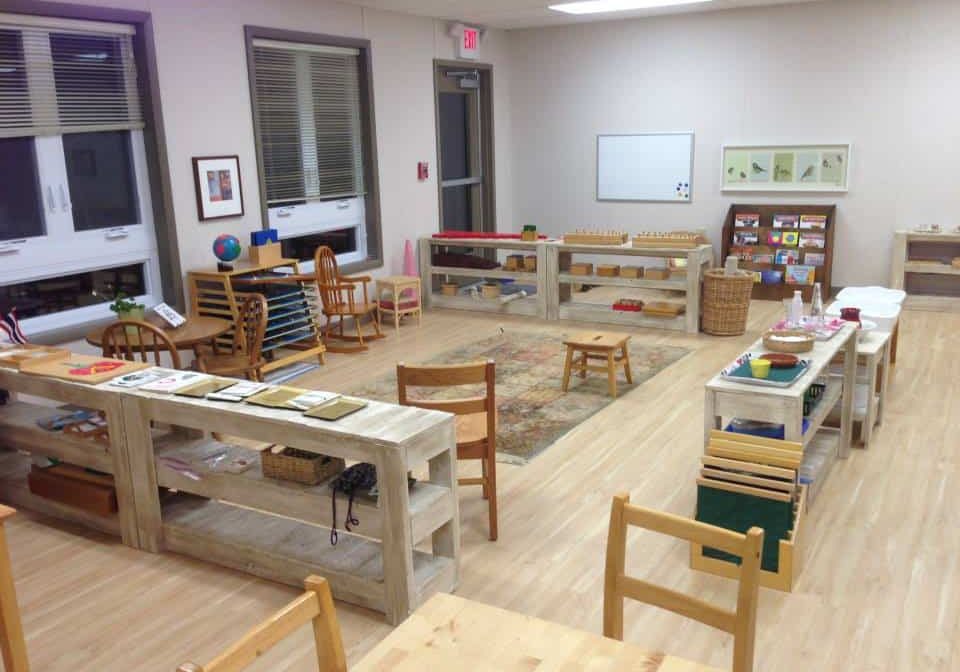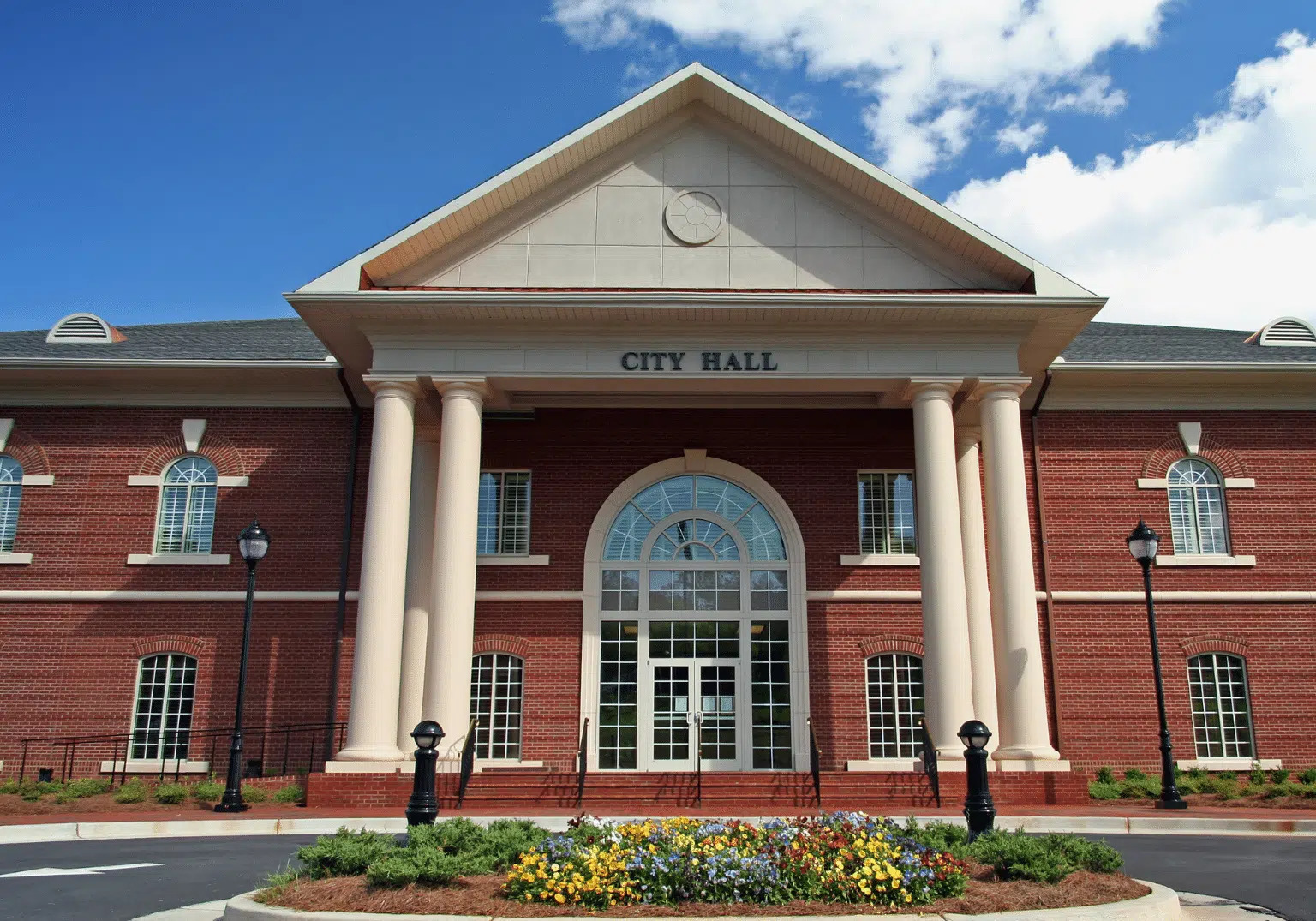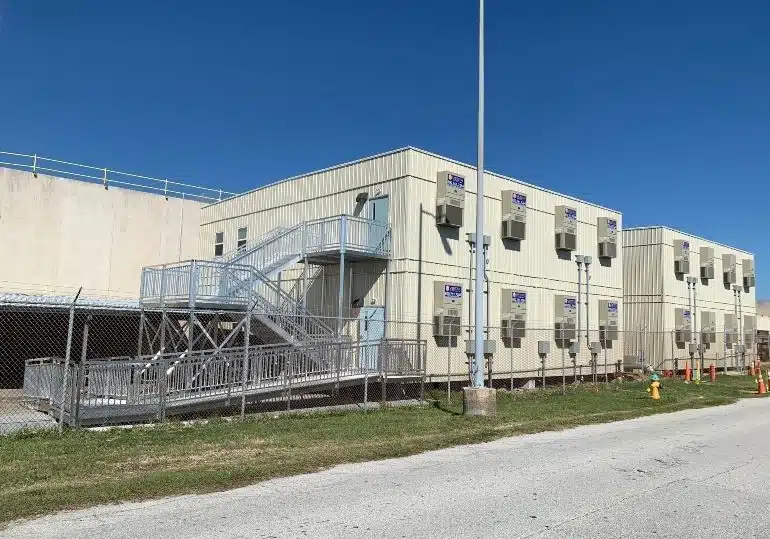The design and construction of modular buildings isn’t a new process — it’s been around for more than a century, starting with the earliest prefabricated homes. It is, however, picking up steam. In 2020, a study from Fortune Business Insights found that the global market value for modular construction was worth $71.11 billion. The same research estimated that, by 2028, that figure is going to reach $114.78 billion.
That’s a large enough market to turn the heads of even the most traditional architects and architectural firms. Architects who want to get in on the growing modular trend can do so by offering custom modular buildings to their clients.
In this post, we look at custom modular buildings, what architects need to know about them, and the benefits they provide. Read on to learn more about custom modular buildings.
To get help taking a custom modular building from blueprint to real life, reach out to the modular construction experts at Mobile Modular.
Overcoming Bias Against Modular Design
You don’t have to look far to find those in the design or construction industry who can’t exactly say why they are against modular designs but know they’re not in favor. Bias against modular construction has a few sources, but it starts with the misconception that modular buildings are just mobile homes.
They’re not. They may have all of the pros of mobile homes — affordability, mobility, and being prefabricated — but custom modular buildings can be virtually indistinguishable from site-built buildings. They can even look more modern and be more functional.
Another significant source of anti-modular bias comes from architects who pride themselves on their creative and unique designs. It’s true that designing custom modular buildings does place some constraints on architects, such as width and length limitations for modules to allow them to be transported from the factory to the construction site. But modern factories can make nearly any module design a reality and have no more limits than traditional construction methods.
Ultimately, the ability to deliver custom modular designs that satisfy client expectations, cost less than traditional site-built projects and can be built faster offers architects an advantage they can’t afford to ignore.
5 Advantages Of Custom Modular Building
Modular design and construction offer several undeniable advantages over site-built construction. Below, we examine a few of the most important advantages of modular buildings for architects and architect-led design firms.
Advantage1. Modular Building Offer Time Savings
Consider the typical timeline for traditional construction, from design to completion. You develop and finalize plans, select general contractors, prepare the construction site, and then build.
Now consider the timeline for the design and construction of custom modular buildings. Architects still meet with clients and develop the design, but the first-time savings kick in when you don’t have to find general contractors. You have a modular building factory that you work with regularly.
The biggest time savings of modular building come during the site preparation and construction phase. Because custom modular buildings are fabricated off-site, the factory can work on the modules while the construction site is being prepared. In traditional construction, those two steps must be separated.
Advantage 2. Modular Structures Permanent, Temporary, Reusable
Flexibility is one of the key advantages of custom modular construction. While modular buildings can be and often are completely permanent — meaning they are affixed to a foundation and not meant to be taken down, moved, and used elsewhere — they don’t have to be.
Because they can be temporary or permanent, modular buildings offer flexibility that can meet the needs of even the pickiest clients.
There’s another benefit of modular buildings that is hard to ignore: they can be reusable. Modules can be detached from one another, moved to another site, and used in the same design or a different design entirely.
Advantage 3. Off-Site Modular Fabrication Protects From Theft
Industry experts estimate that up to $1 billion in construction equipment is stolen every year. Theft of materials and equipment at construction sites is a huge problem, and it often translates to higher costs for all involved parties over time, from customers to building designers to contractors.
Construction sites are rich with tools, equipment, and materials that can’t always be neatly stored away when everyone goes home for the day. This leaves an opening for theft. But, what if the building materials arrived at the construction site mostly assembled?
That’s exactly what happens with custom modular buildings. That means modular construction sites have less need for valuable equipment, very few materials lying around, and minimal need for tools on-site. If there’s nothing to steal, theft becomes much less of an issue.
Advantage 4. Custom Modular Buildings Make Great Additions
Clients who want to add on to their existing buildings may be pleased at the idea of modular construction. It happens off-site and can decrease project timelines by a month or more, compared to traditional construction. Clients have to deal with less construction noise and disruption for a shorter period of time.
Advantage 5. Modular Design Saves Money
It’s simple: custom modular buildings cost less than site-built buildings. In a survey of more than 800 architects, engineers, and contractors, 65% said modular design decreased total project budgets. And 41% of those surveyed said modular design decreased project budgets by at least 6%.
The reduced need for on-site labor to build a custom modular building is one of the key drivers of the cost-savings that modular offers over traditional construction, but the standardization of the factory construction method helps a lot, too. Architects can translate these cost savings to client work, using them to either gain a pricing edge over competition or increase margins on projects.
Custom Modular Buildings With Mobile Modular
Mobile Modular is a leading provider of modular construction in the United States and around the world. With the ability to handle remote logistics and deliver projects on time every time, we are a preferred partner for design-focused architects who offer custom modular buildings to their clients. To learn more, give us a call or visit us at www.mobilemodular.com





